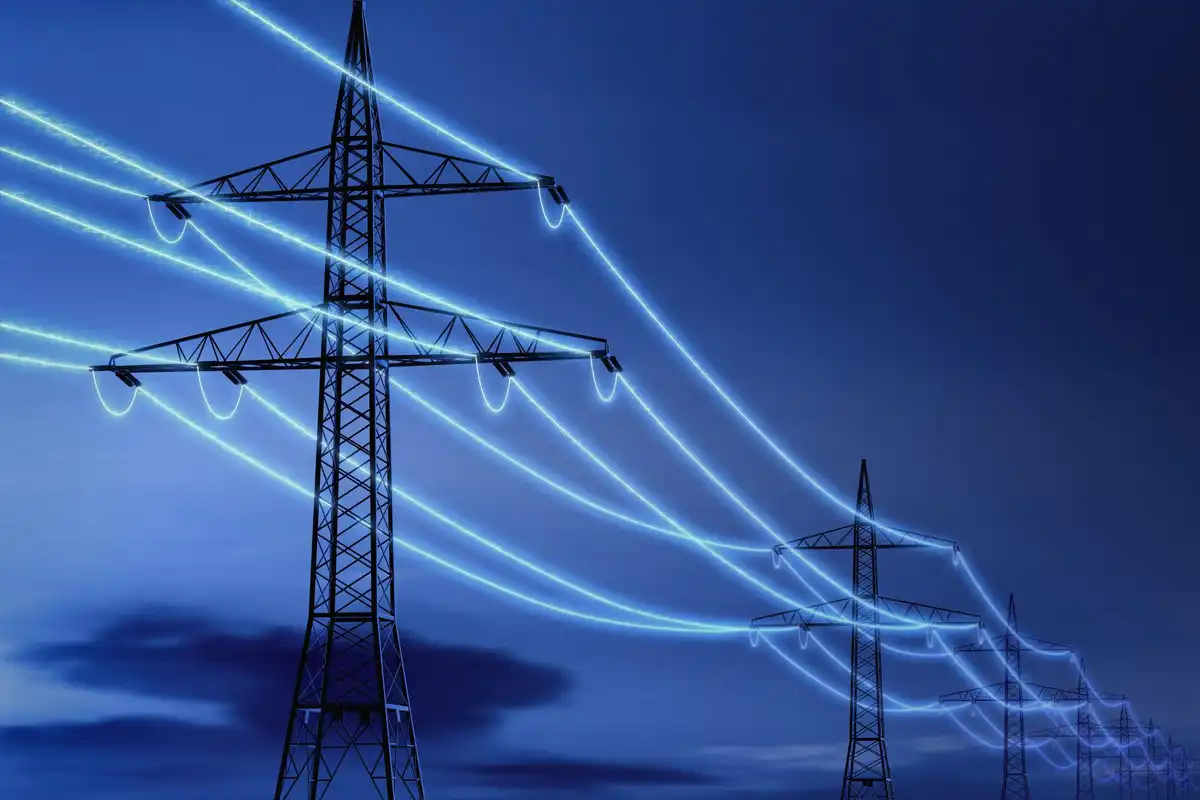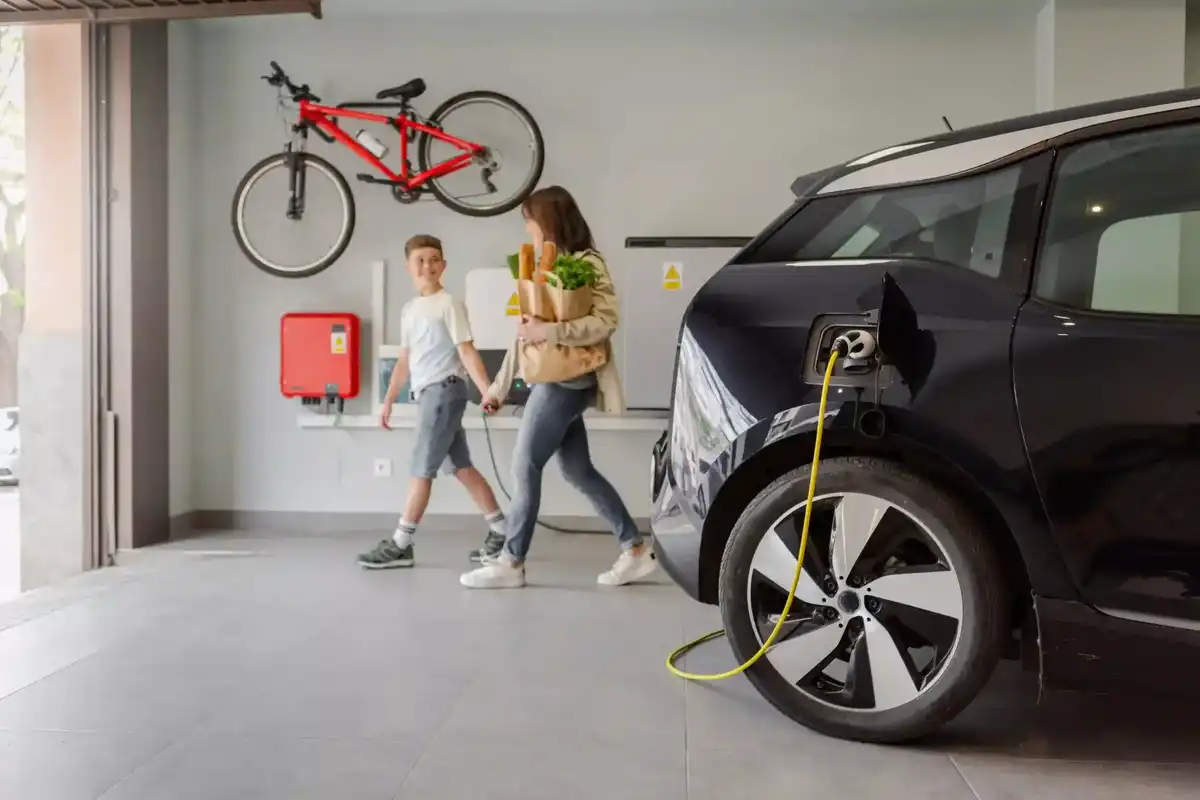SMT Energy and CenterPoint Energy have partnered with utility infrastructure solutions provider Irby Construction Company to break ground on a 160 megawatt battery energy storage system (BESS) located in the Houston zone of the ERCOT market.
“We are proud to be underway and deliver this grid-strengthening project to Houston,” Kevin Midei, SVP of engineering, procurement and construction, at SMT Energy, said in a news release.
The BESS, SMT Houston IV, is expected to support grid stability, deliver fast-response power during peak demands and provide resiliency and renewable integration. The project is expected to be online by 2026 and store and dispatch enough electricity to power 8,800 homes in Texas annually.
SMT Energy is the project owner and developer, and CenterPoint Energy will serve as the interconnecting utility, integrating the system into Houston’s broader electrical network,” according to the companies. Irby Construction will serve as the engineering, procurement, and construction (EPC) contractor, and construction of the project is expected to be completed by July. On May 14, the companies broke ground with a ribbon-cutting ceremony to symbolize the start of the build.
“Projects like this demonstrate how collaboration and forward-thinking infrastructure come together to power a more resilient energy future,” Tony Gardner, SVP and chief customer officer at CenterPoint, said in a news release. “At CenterPoint, we recently completed nearly 90 percent of our overall grid resiliency improvements. This is one more action we are taking to build a more resilient and reliable grid to better serve our customers.”
In March, Colorado-based SMT Energy secured $135 million in funding for the SMT Houston IV, led by Macquarie and KeyBanc Capital Markets as joint lead arrangers. In 2023, SMT Energy and joint venture partner SUSI Partners announced plans to add 10 battery storage projects to Texas, which would double capacity from 100 megawatts to 200 megawatts in the Houston and Dallas areas.
In 2019, Irby began construction on the Manatee BESS site with Florida Power and Light (FPL), which was the world’s largest BESS project at the time. Irby has built over 30 BESS sites and has more than 20 currently under construction or contract.
- Houston startup secures $22 million for ERCOT energy storage projects ›
- Energy storage company secures $77.6 million to continue Texas expansion ›
- China-based company to launch its largest U.S. energy storage project in Houston ›
- $135 million in funding secured for new Houston battery storage facility ›








 Air Liquide and Hyundai agreed to expand hydrogen refuelling networks, storage capacity and more at a meeting in Seoul last week. Photo courtesy Air Liquide.
Air Liquide and Hyundai agreed to expand hydrogen refuelling networks, storage capacity and more at a meeting in Seoul last week. Photo courtesy Air Liquide.
